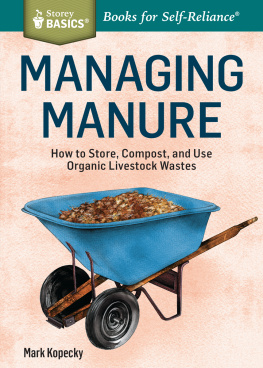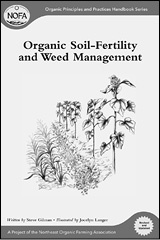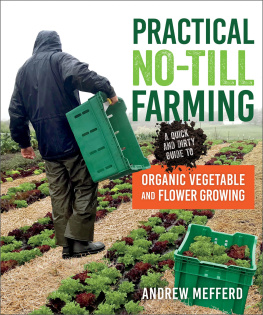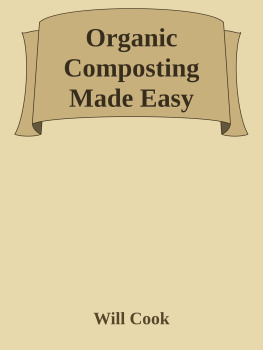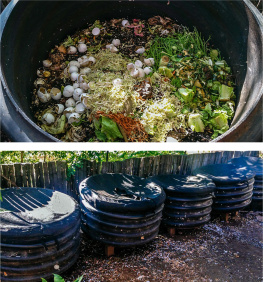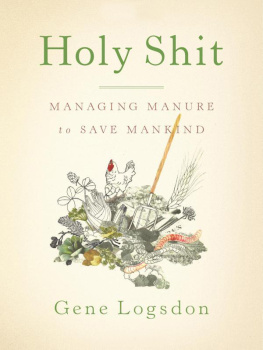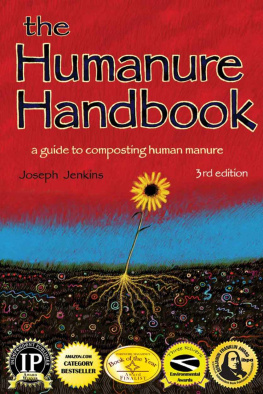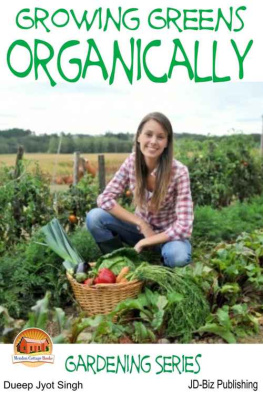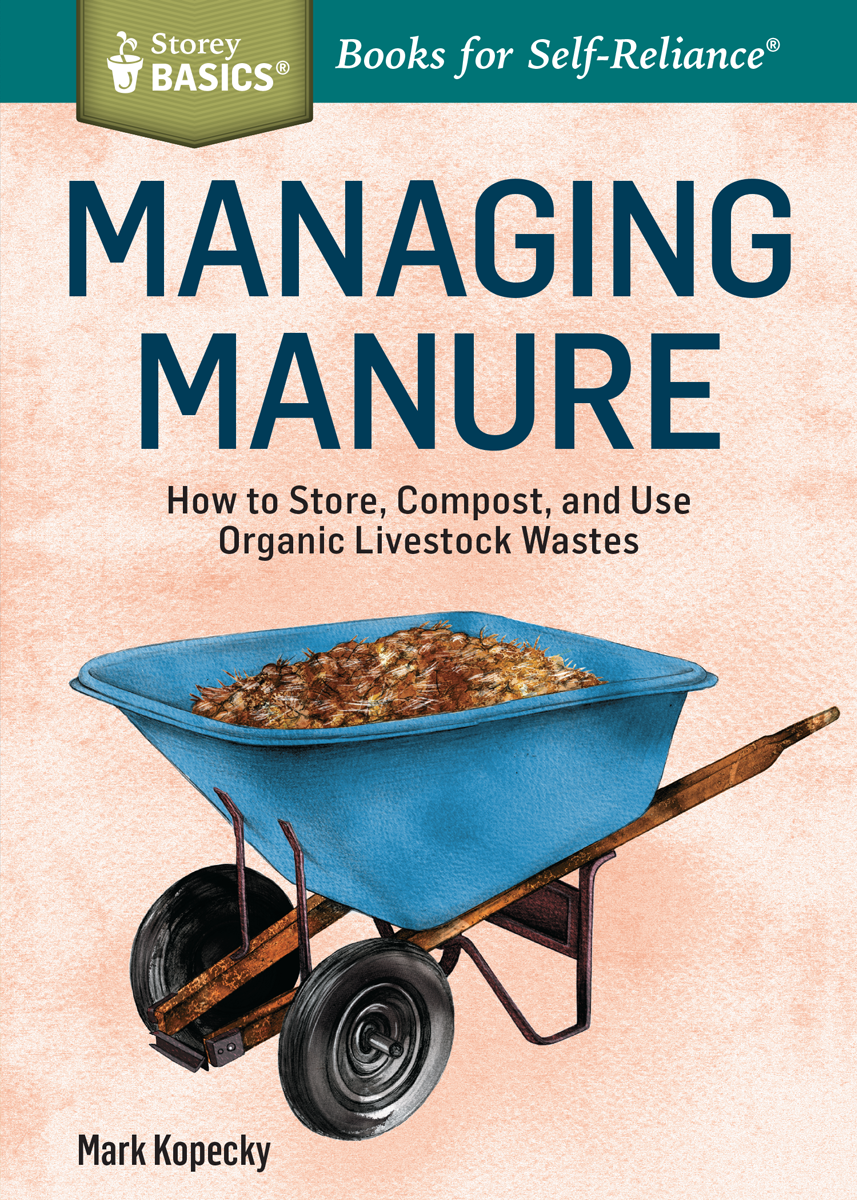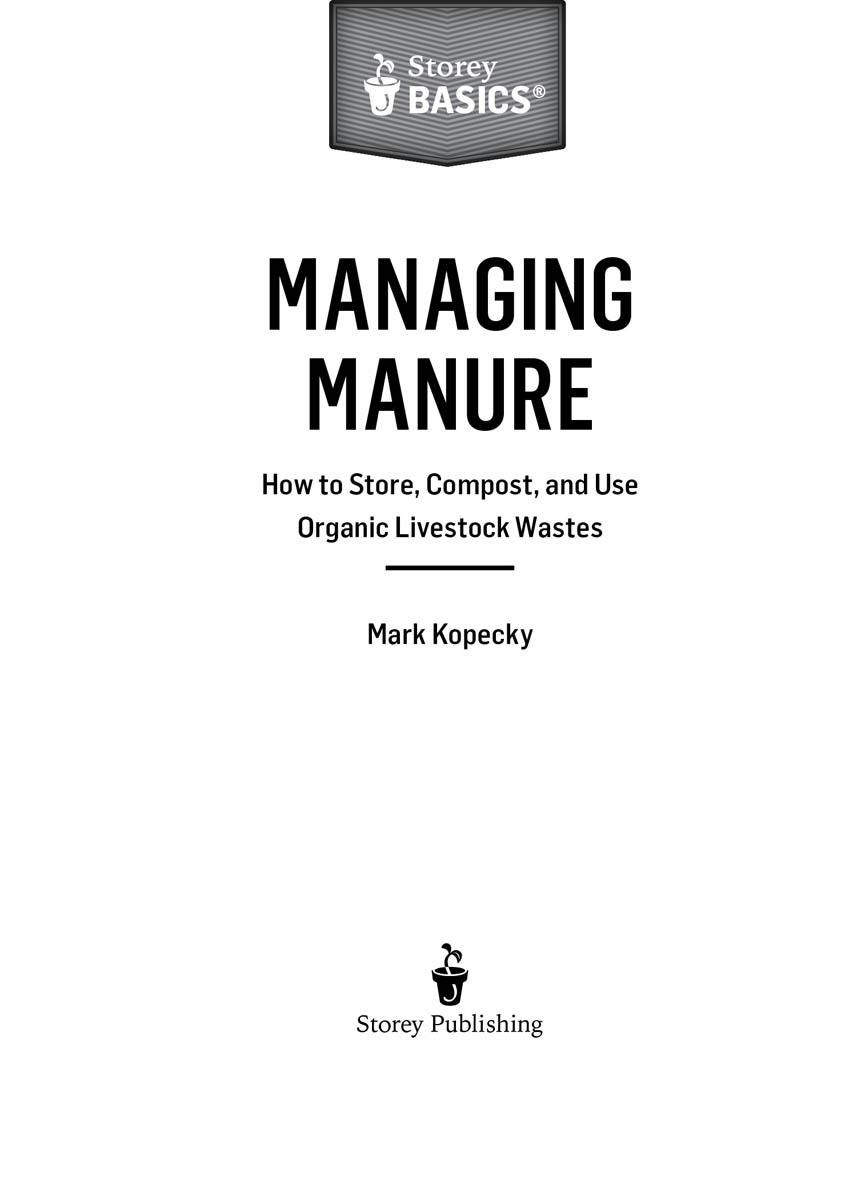For Howard: Teacher, mentor, brother, friend.
Manure is part of agriculture, and part of the incredible web of life. Although society considers it a waste product, most farmers and gardeners view manure as a priceless resource.
Like all components of an ecological system, its impossible to deal with the subject of manure in isolation. In this book, Ill try to make some bridges between manure management and crop production, food quality, and human and environmental health. This isnt an exhaustive reference work, but I hope it will give small farmers and gardeners practical information to help you appreciate and make the most of this wonderful resource.
Wherever living things go about their daily business, manure happens. Physics teaches us that in every ordinary system, matter is neither created nor destroyed. A corollary of this rule is that every living thing produces some by-product of its existence that needs to be accounted for and somehow reused. Broadly speaking, even plants produce waste products (oxygen), which illustrates how essential one organisms waste can be for the very existence of others. Even tiny creatures like nematodes, protozoa, fungi, and bacteria excrete waste products that are very important and beneficial for the life around them.
For the purposes of this book, Ill use the definition of manure that most people relate to: the dung (feces) and urine, mostly of farm animals, with or without other materials used as bedding. (There is also green manure, which is different: cover crops planted and turned under specifically to fertilize the soil.)
Manure can be a source of fresh organic matter and nutrients that benefit the soil ecosystem and its crop component. It can also contain pathogens that can harm either the plants that grow in the soil or the livestock or people who eat them. Like most components of biological systems, manure has many beneficial traits along with a few we need to be careful of.

Manure is a combination of digested, partially digested, and undigested remains of the food that an animal eats, along with a broad mix of microorganisms.
An Age-Old Soil Amendment
For thousands of years, manure has been an integral part of agriculture. It is mentioned a number of times in the Bible. Many of the passages refer to human excrement and serve as admonitions or slurs against unholy practices, but at least two examples from the book of Luke refer to manure as a soil amendment. In the 1st century ad, a Roman soldier-turned-farmer and historian, Lucius Junius Moderatus Columella, wrote extensively in 12 books about agricultural practices in De re rustica. The University of Wisconsin Extension publication Management of Wisconsin Soils provides the following quote from Columella:
And by plentiful dunging, which is owing to flocks and herds of cattle, the earth produces her fruit in great abundance.
That statement captures the value and benefits of manure beautifully.
Going back even further, traditional Chinese agriculture relied heavily on manure, not just from livestock, but also from people (more on this topic later in the book). F. H. King, in his classic treatise Farmers of Forty Centuries, describes in detail the way early farmers carried out these practices. Cornell University has collected numerous other examples of how ancient peoples used manure as a soil amendment (see ).
Wherever people have kept livestock, they have had to deal with the stuff that accumulates behind or underneath them. Early farmers must have noticed that putting manure back on the land not only disposed of it, but also dramatically improved the yield and quality of their crops or pastures. What started out as an exercise in waste disposal transformed into an agronomic practice.
In our modern age, with the advent of chemical-intensive, industrial-scale farming, some farmers seem to have reverted to disposing of manure as a waste product. In some cases, farms even dispose of manure by burning it.
If youre reading this book, I doubt you look at manure as a liability. For the past decade or two, the demographics of agriculture have been changing in the United States, and the number of small farms has increased dramatically. Many of these smaller operations embrace the concept of sustainability, and most organic farms are small farms, by todays measures of scale. We recognize the value of animal manure, not only as an economical soil amendment, but as an essential part of the cycle of life.
Chapter One
Characteristics of Manure
The Nature and Properties of Crap*
The physical, chemical, and biological properties of manure make it a truly amazing soil amendment. Depending on the species of animal, the type of bedding used, and how manure is stored and spread, some type of manure is an appropriate soil amendment for almost every crop grown in almost any type of soil, anywhere in the world.
To make the best use of manure, it helps to understand its properties, along with the requirements of the crops youre growing and the characteristics of your own soils.
* With apologies to Dr. Nyle C. Brady, original author of the excellent introductory textbook on soils with a very similar title.
Physical Properties
Fresh manure is usually moist , its consistency ranging from firm and well formed to almost a slurry. Depending on the animal it comes from and what that animal eats, it may have a mild, earthy odor or a strong and unappealing smell as it is excreted.
How manure is collected and stored and whether or not bedding is included affect its physical characteristics as well as its nutrient value. Manure that has been composted doesnt even resemble the original material, being well mixed, mellow, and pleasant to the smell. Manure that is stored as a liquid in a lagoon or holding tank doesnt resemble the original material, either, but usually has a powerful odor and requires special equipment to deal with it.
Because small-scale farmers and gardeners most often will be working with solid manure, thats what most of this book will focus on.
Manure Production
Its handy to know how much manure you can expect to get from whatever kind of livestock you keep. If you consider the weight of the animal, theres a fairly narrow range of how much dry matter (the weight of the material without any water) different livestock species excrete in their manure. For each pound of live animal weight, cattle produce the least around 3 pounds (1.5 kg) per year; horses, sheep, and swine around 4 pounds per year; and poultry around 4 pounds (1.9 kg) per year.

